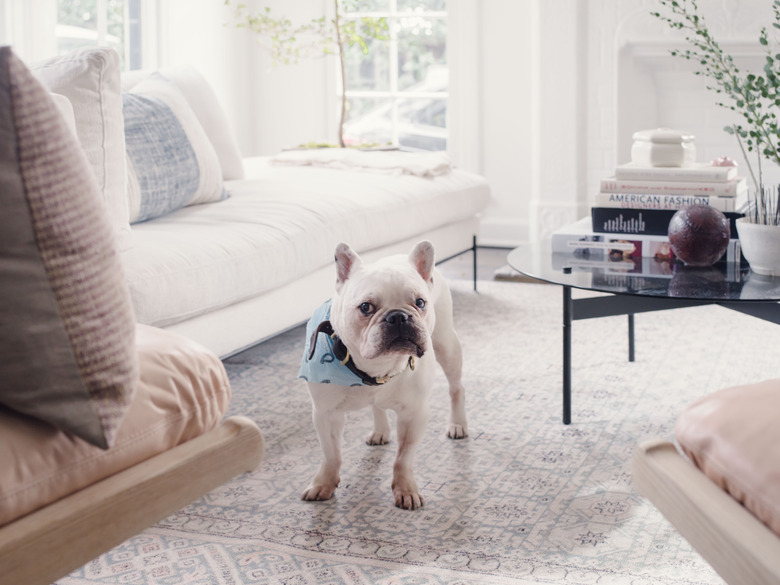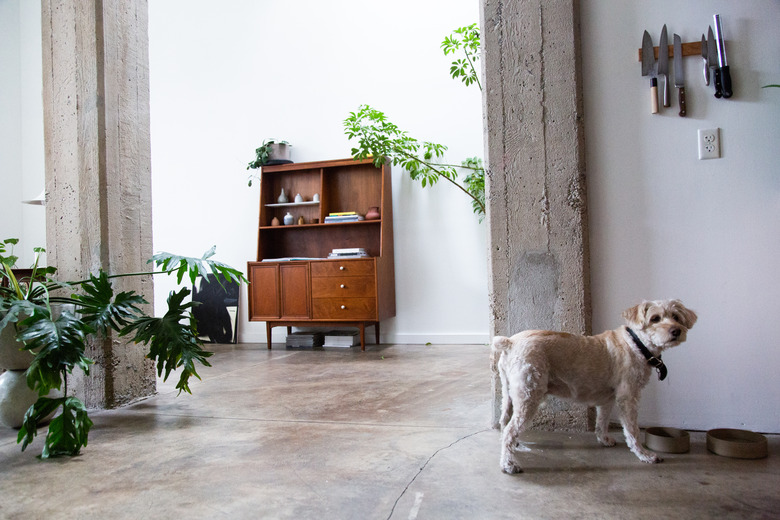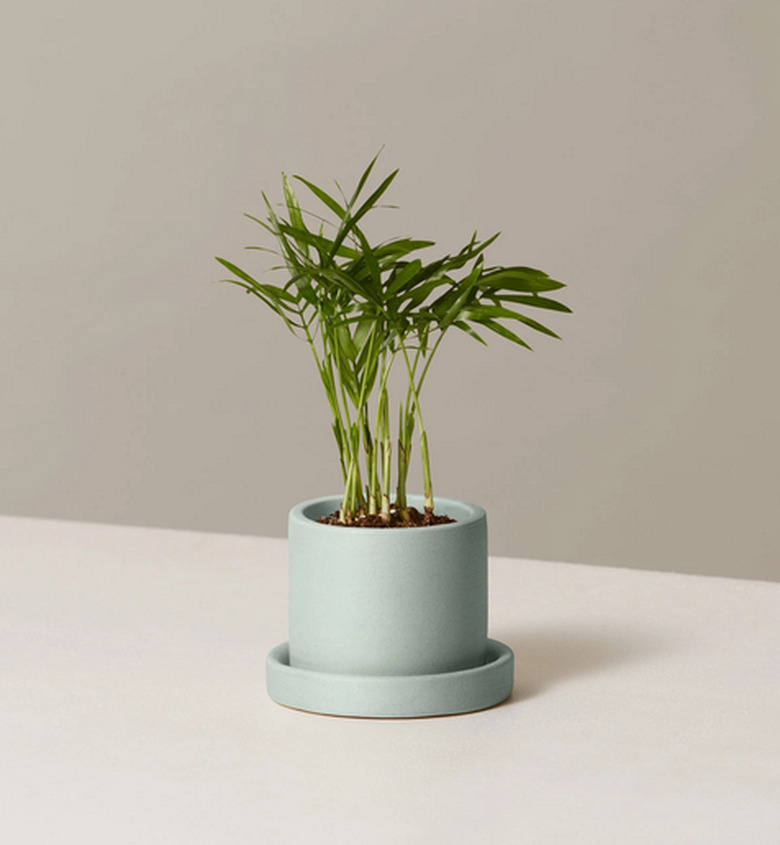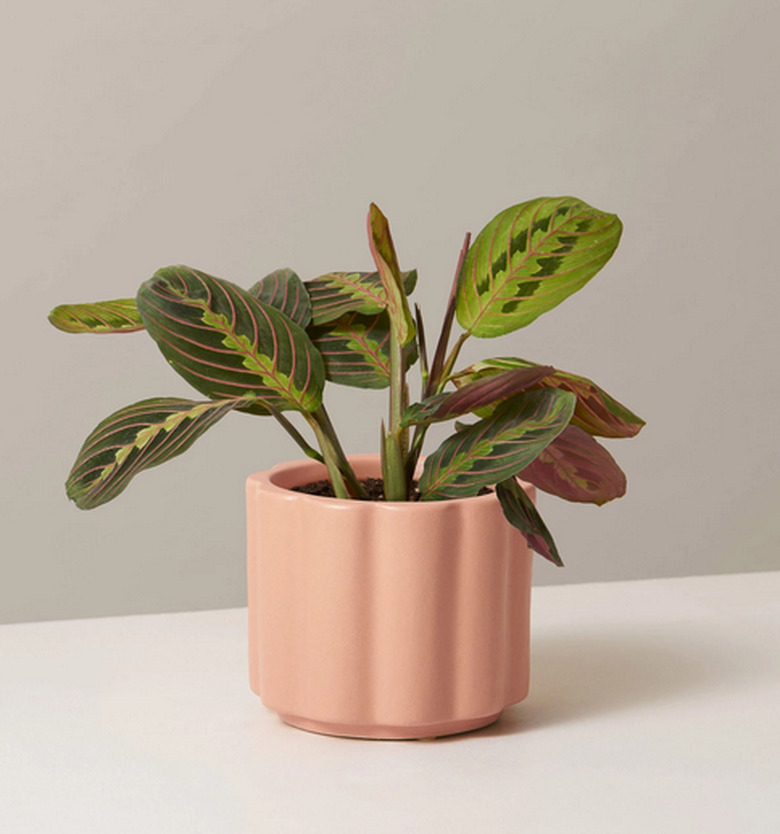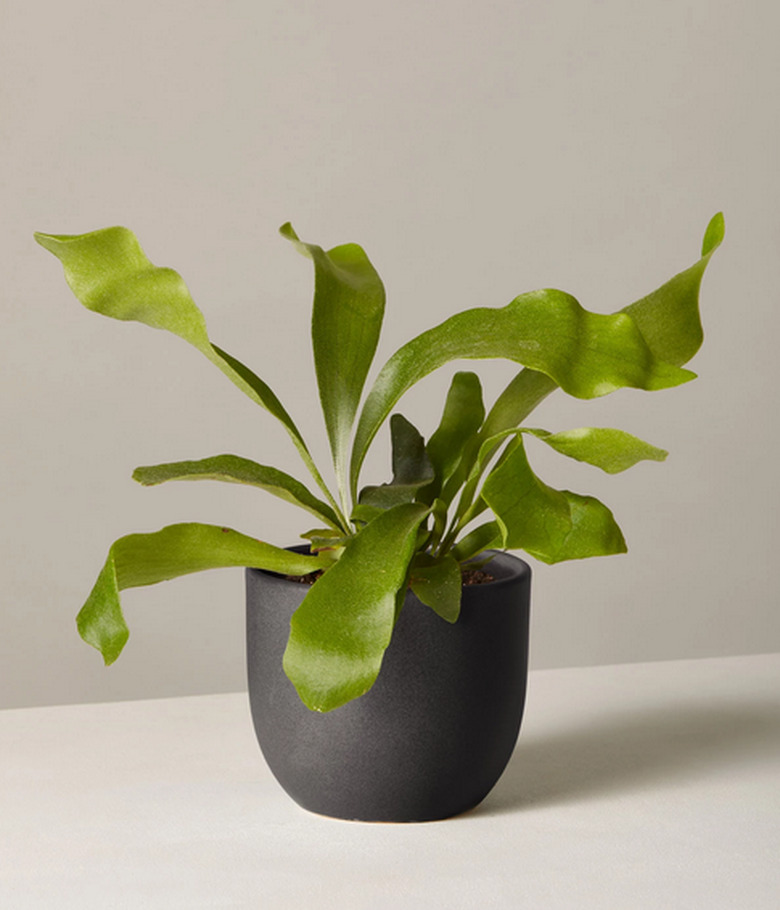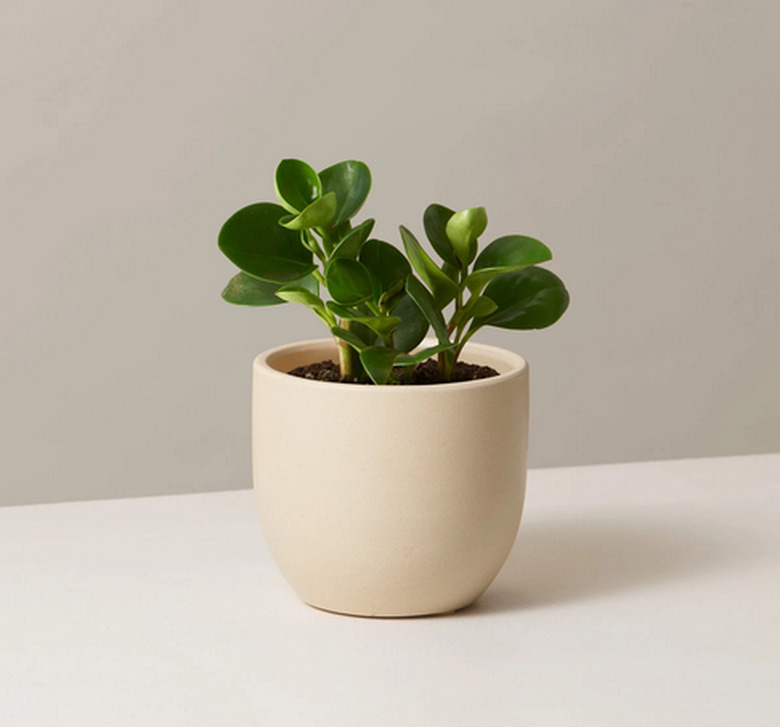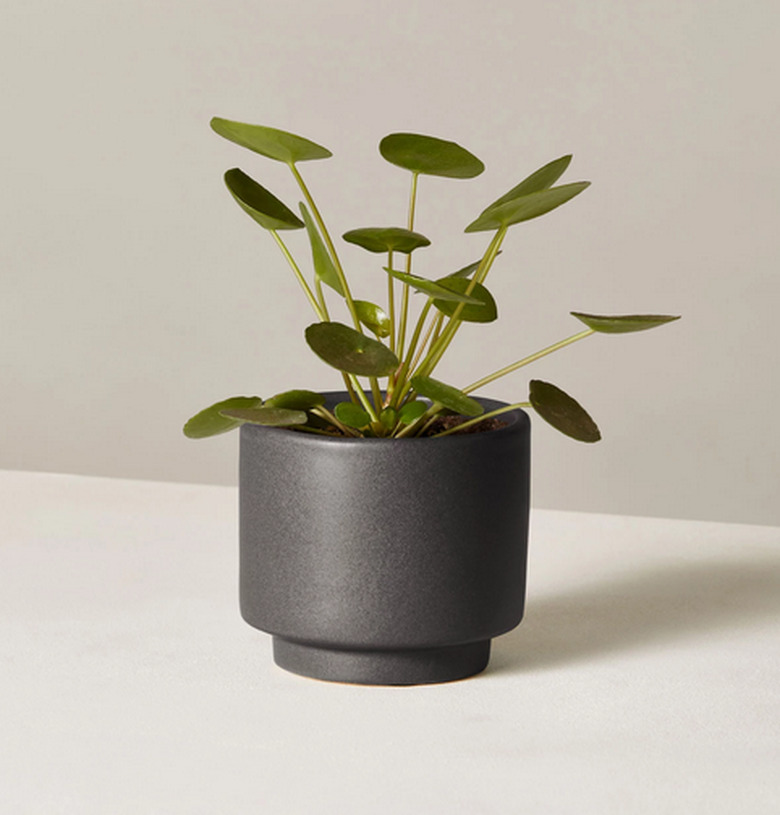These Indoor Plants Are Absolutely Dog Friendly
Owning a dog is good for your health and longevity — it's been confirmed by scientists. And studies have also proven that living near plants enhances your physical well-being. But that doesn't mean it's a good idea to invite any and all houseplants into your canine's territory.
Just like you wouldn't bring new pets into your home without making sure they get along with your dog, you'll also want to pick your houseplants carefully in order to be sure they are dog-friendly. Just as plants can be toxic to people, some greenery can cause vomiting and other stomach issues in our pups. Worse, some plants are extremely toxic to dogs and may even be deadly, according to the ASPCA. (They publish a searchable list of toxic and non-toxic plants for multiple animals, including dogs.)
Here are a handful of houseplants that are sure to mix well with your canine residents, and a few you'll want to avoid.
Five Dog-Friendly Houseplants
Five Dog-Friendly Houseplants
Here are five real plants that won't hurt your fur babies, including some for low-light rooms, some for medium-light rooms, and a few for bright-light windows.
Parlor Palm (Low light)
The parlor palm (Chamaedorea elegans) is a favorite easy-care houseplant. Several of them are potted up together in an attractive grouping, with light-green, textured foliage decorating slender trunks. To make the good even better, these lush tropical fronds are known to help clean your home's air.
Plant care: Give this plant a drink occasionally, but be sure to allow the soil to dry out between waterings. But the more light the plant gets, the more it will need to drink. If you want to fertilize, use a weak mix once or twice during the growing season.
Prayer Plant (Low to medium light)
The prayer plant (Maranta spp.) is a low, spreading houseplant that looks terrific in hanging baskets or growing horizontally along a tabletop. Its common name comes from the fact that the leaves fold together at night, as if the plant were praying. Many types of prayer plant have lovely variegated foliage.
Plant care: The prayer plant prefers its soil relatively moist, so water just before the soil surface dries. Only feed the plant a couple times a year in spring or summer.
Staghorn Fern (Medium light)
The staghorn fern (Platycerium spp.) is an epiphytic fern. These fascinating plants are known for having multiple kinds of leaves, some of which look a little like silvery-green antlers. The shape gives this unusual plant its common name since it looks like green pairs of horns draping elegantly from its roots.
Plant care: Secure it to a board or plant in peat or sphagnum moss. It likes humidity but doesn't need much water, so water infrequently, especially in low-light situations. More water will be needed if the plant is in stronger light.
Baby Rubber Plant (Medium to bright light)
You'll love baby rubber plants (Peperomia Obtusfolia) for their thick, waxy leaves that are shaped like green spoons and ornamental flowers. This succulent perennial is native to tropics of North America.
Plant care: Grow in shallow containers or hanging baskets with drain holes. Use a growing medium that is equal parts loam, sand, and peat moss. Water every 10 to 14 days when the soil dries out.
UFO Plant (Bright light)
The UFO plant (Pilea peperomioides), is also called the missionary plant, Chinese money plant, lefse plant, pancake plant, or just pilea. Its green pancake-shaped leaves are colorful and unbelievably cute against white or light walls.
Plant care: Give this plant well-draining potting soil and a container with adequate drainage holes. Allow the soil to almost dry out between waterings, but offer a bit more water in warmer weather. Rotate every week to keep it growing evenly.
Five Houseplants for Dog-Owners to Avoid
Five Houseplants for Dog-Owners to Avoid
Some common houseplants are very toxic for canines. If you have a dog, you shouldn't have these plants listed below. That's the long and short of it. Even if your dog doesn't regularly consume plants, you don't want to take the slightest chance with these.
Chrysanthemum: Every mum plant is toxic for your dog, containing compounds (sesquiterpene, lactones, and pyrethrins) that range from irritating to dangerous. If a dog ingests chrysanthemums, it will experience vomiting, diarrhea, drooling, and loss of coordination.
Azalea: Azaleas are in the rhododendron family and are toxic to dogs. They contain grayantoxin, which causes vomiting, diarrhea, weakness and cardiac failure.
Tulip: Every part of the tulip plant contains the toxins tulipalin A and B, with an especially high concentration in the bulbs. A dog that ingests tulips will exhibit vomiting, depression, diarrhea, and hypersalivation.
Sago palm: These popular houseplants contain the toxin cycasin. In dogs, it causes vomiting, melena, icterus, increased thirst, hemorrhagic gastroenteritis, bruising, coagulopathy, liver damage, liver failure, and death.
Oleander: It's beautiful but deadly to dogs and many other animals including cats, goats, cattle, sheep, rabbits, and horses. It contains cardiac glycosides, which causes vomiting, diarrhea, heart issues including AV block, blood pressure changes, lethargy, depression, ataxia, tremors, seizures, dehydration, shock, and death.
